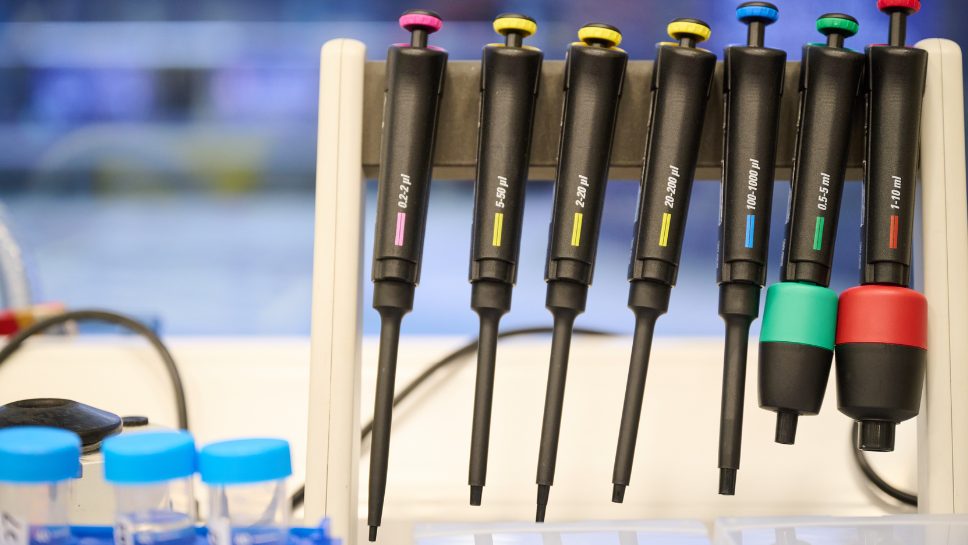
XLMTM and liver disease
Over the past few years, it’s become clear that some people with XLMTM can experience problems with their liver. To improve the care of these patients, we need to understand how having a myotubular myopathy-causing genetic change can affect how the liver works and responds to stress. A team at The Hospital for SickKids in Toronto Canada, led by Dr Dowling, has made great progress in understanding more about these liver problems.
Developing understanding
In their project, Professor Dowling’s team plans to use both mouse and human liver cell models to better understand the cause of liver disease in people living with XLMTM and to help develop a treatment. The team has a mouse that has the same genetic change found in people with XLMTM and they’ve discovered that some of these mice have liver problems. They have also found that the different diets they eat can either make the liver disease better or worse, depending on the kind of diet. The team now plans to test different feeding formulas currently given to humans to see whether they have a positive or negative effect on the mice’s liver with the goal of identifying a formula that improves the liver symptoms.
It’s also likely there’s other potential triggers such as infection that can make liver problems in XLMTM more likely to occur, or more severe. While this hasn’t led to significant liver disease in most patients, understanding these risk factors and how they may impact on the condition and respond to new therapies, is critical. To address this challenge and better define the interplay between environment, therapy and XLMTM liver disease, the team will study differing triggers using the XLMTM mouse model.
Building on years of research
Professor Dowling’s team has created human liver cells with the myotubular myopathy-causing genetic change. Professor Dowling says: “We plan to use these cells to study at the molecular and cellular level why the genetic change in XLMTM is harmful to the liver, and why it differs between people. We hope to use both this cellular model and our mouse model together to test out different drugs with a goal of identifying one that can reduce the liver problems and that could be used to treat people with XLMTM.”
Professor Dowling and his team at SickKids are determined to investigate this important area, building on their years of research into XLMTM. He says: “This grant from Myotubular Trust and Muscular Dystrophy UK will allow us to carry out fundamental work on the liver in XLMTM, to understand why and when liver problems happen in XLMTM and how to treat them.”
Dr Kate Adcock, Director for Research and Innovation at Muscular Dystrophy UK says: ‘We’re delighted to be partnering with Myotubular Trust to fund this vital research into myotubular myopathy. This project has the potential to greatly enhance our understanding of the liver complications experienced by some people living with the condition.’
Find out more about the other research projects we are funding.
Sign up to hear about our latest news, campaigns, research and ways you can support us.
